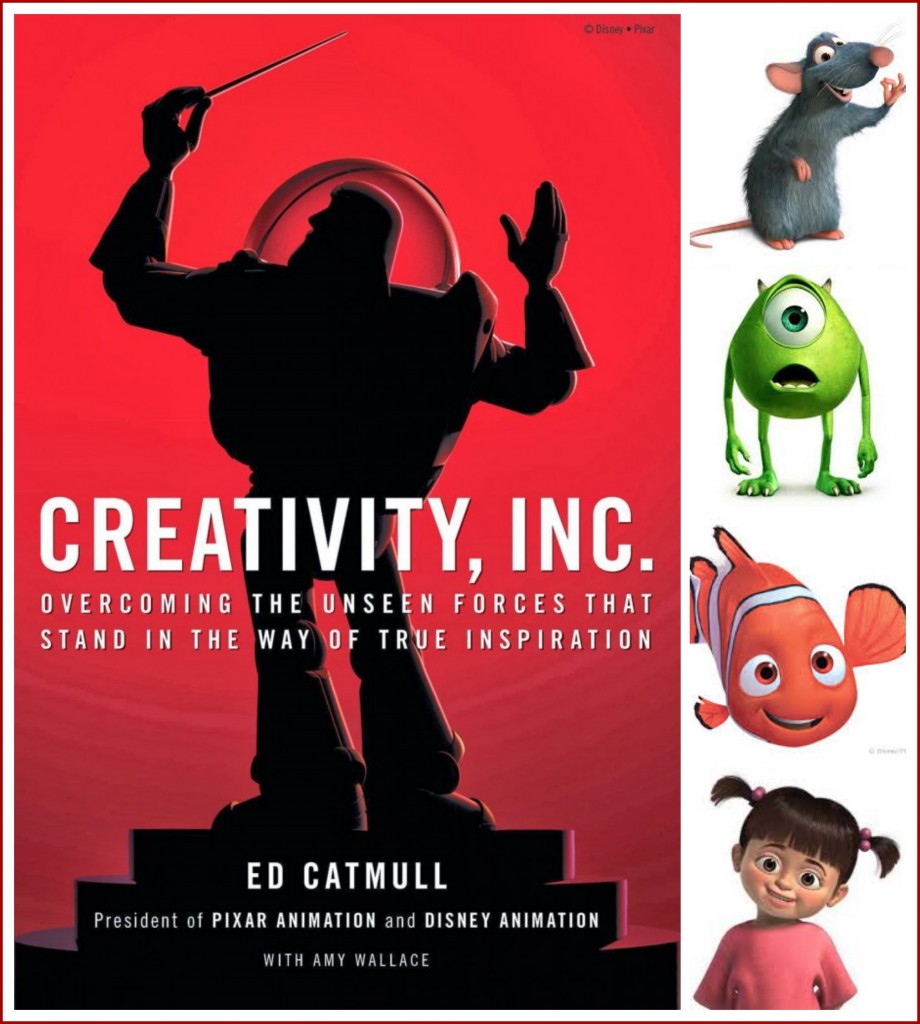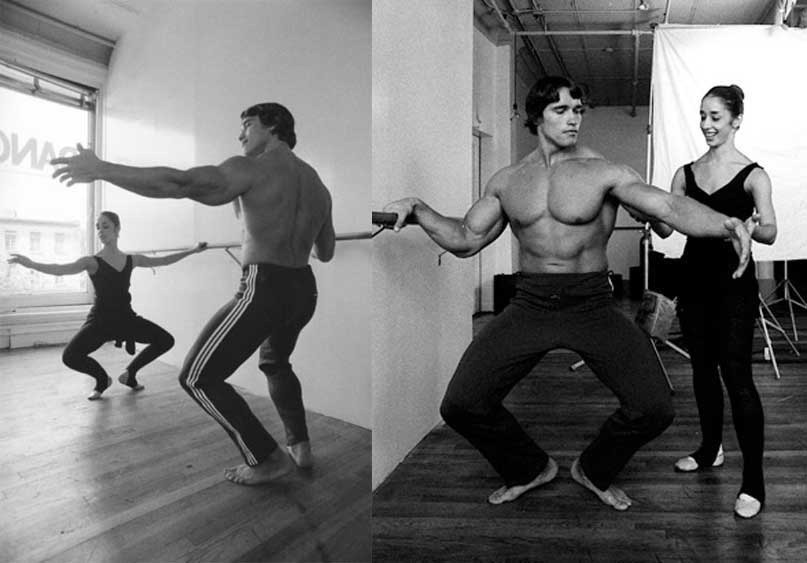The Baby and The Beast
I’ve been reading a book lately called Creativity, Inc. written by Ed Catmull, the CEO of Pixar and president of Disney Animation. It’s been a really good read so far and discusses aspects of managing and fostering creativity in different ways and pulls back the curtain to show some of the systems that Pixar uses to get their movies consistently to number one box office draws. When he was promoted to Disney President of Animation, he instituted some of these processes and allowed their own unique culture to flourish, and lead to some box office smashes in a floundering department that hadn’t seen success since the Lion King. He built Pixar from a computer technology company with the singular desire to see computers create animated movies, teamed with and somehow managed to work with Steve Jobs, and developed a production juggernaut. Toy Story has grossed over a billion dollars worldwide, second only to Frozen, which he helmed as well when at Disney. They’ve produced 14 feature length films at Pixar, all of which are listed in the top 50 grossing movies of all time.
One aspect he discusses that really resonated with me was the concept of the Beast and the Baby. While this may seem like the plot line of Monsters, Inc, it’s really a very apt description of time management skills and of where competing demands will come in to play. In it, he describes the Baby as the main focus of the individual or organization. It deserves all the attention and most of the resources get poured into it. The Beast, by comparison, is the work that is done in order to allow work on the Baby to be completed. It’s the multiple smaller jobs, paper work, and crushing commitment to producing endlessly creative content on a regular basis. If you have a team of people working on a project, they may only be directly involved in current stages of the production, which means they’re idle for the rest of the time. The Beast helps fill the void left by the down time while working on the Baby. For a studio like Pixar that only produces 3 quality movies every 2 years, there could be significant downtime for certain aspects of production. Pixar did this with some of the short films and vignettes they produced that either precede their movies or act as stand alone short films to help promote their films.
[embedplusvideo height=”367″ width=”600″ editlink=”http://bit.ly/1jrBqVC” standard=”http://www.youtube.com/v/9IYRC7g2ICg?fs=1″ vars=”ytid=9IYRC7g2ICg&width=600&height=367&start=&stop=&rs=w&hd=0&autoplay=0&react=1&chapters=¬es=” id=”ep9365″ /]
A good analogy of this would be building a house. Say you have a team of contractors, ranging from plumbers to electricians to concrete workers and drywallers. Each is only going to be useful at a certain stage of the process, so until their stage is set to go, they would remain idle. As a result, they’ll usually take on multiple jobs, scheduled out so that they have time to complete one job, then move on to another job. Development areas tend to have multiple houses being built all in different stages of completion, which means an electrician for example could have a steady stream of work at different sites to keep them occupied.
The team at Pixar would use these shorter films as a way to not only keep their staff occupied, but as a way to expand their horizons and take creative risks with their story telling, technological application, and the depth of the quality of their animation. It wasn’t downtime, but work done on projects other than the main gist. It still had massive value, as these short films tended to garner multiple awards for the company, create technological advancements that helped their feature films and made their company richer in both monetary and non-monetary means. Their culture also thrived as a result of everyone exploring the limits of their creativity.
Since this is a blog you’re reading, I’ll draw the obvious connection to the Beast and the Baby relating to writing content for this and other sites or publications. This site is my Baby and always will be. It’s where I spend the most time and where I put up the most content, and where I get the greatest involvement from my readers and community at large. There’s also the other writing gigs I get that ask for specific types of articles, length specifications, and a very hard outlined tone of the article, including whom to speak to, how technical to make it, and actionable steps the reader could take. This could vary significantly depending on if the article is meant for a site like T-Nation, Bodybuilding.com, or Men’s Health.
I was just asked last week to provide weekly content to Men’s Health for their main website, which is a tremendously awesome opportunity to not only make a name for myself but also to reach a different audience. The downside is that as any writer could tell you having a weekly article will be a challenge in and of itself, completely irrespective of the fact that I also work full time as a trainer and still want to put up stuff on this here blog. That said, I’m up for the challenge.
Within the spires of fitness, you could run into the same concept. The Baby is the main goal you’re working on accomplishing, whether it’s a figure competition, powerlifting meet, dropping 20 pounds or gaining a full cows volume of muscle. Working towards that goal will involve all of the aspects of fitness necessary, and should be as direct as possible. The downside is that if you work exclusively on one component of fitness and neglect the others, they tend to go through a reverse gainz process called “Detraining.” For instance, if you’re goal is to compete in a powerlifting meet and the only training you do is 1-3 rep sets for a total of maybe 20-30 reps in a workout, your cardio and overall work capacity may suffer without including some accessory metabolic conditioning. This means you’ll be able to dominate that first step on a staircase but wind up gassed by the second floor.
The Beast is always there, and it’s always hungry. Not training strength means you’ll see a slow and steady decrease in your maximum strength. Not training VO2 max means you’ll see a slow and steady decline in VO2 max. Not training arms means you won’t be able to rock tank tops come summer time.
There are times to specialize your training to ensure you get the most targeted improvements possible and a time to reduce emphasis to make sure you can still maintain those parameters without destroying yourself. For instance, my wife is in full race mode with triathlons and cycling races at this time of year, so the majority of her training is sport specific. However, to ensure she maintains some of the strength gains she saw during the off season, she still hits up a heavier strength workout at least once every 2 weeks in order to not completely reverse progress. If she was to go a full 6 months without lifting something heavy, she’d not only lose the strength gains she saw, but also the applicability of those gains to her sport, namely increased power output, sprint speed, hill climb capability, and improved core stabilization capability.
Much like Pixar feeds the Beast by involving accessory projects for their employees, so should you employ maintenance training for aspects of fitness that may not be your primary focus. Additionally it could mean trying a physical challenge that takes you well outside of your comfort zone in order to help produce some new motor pathways and experiences that you might get some benefit from. For instance, dance, gymnastics, tumbling and parkour all involve new types of movements that most bodybuilders and powerlifters would probably benefit from, and it’s hella fun.
Whether in physical fitness or in creative outlets, the Beast shouldn’t be feared, but encouraged as a time of structured discovery of who you are and what you can do. Take risks, challenge yourself, and keep busy.



One Response to The Baby and The Beast